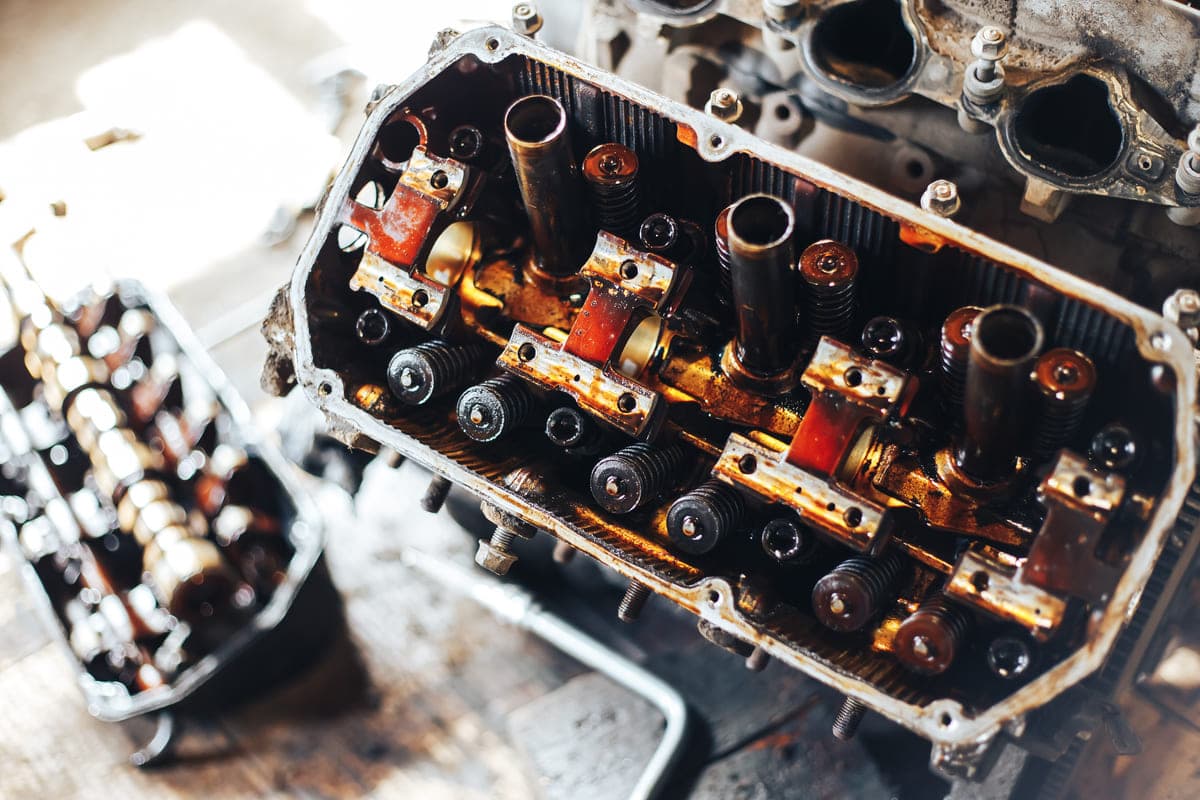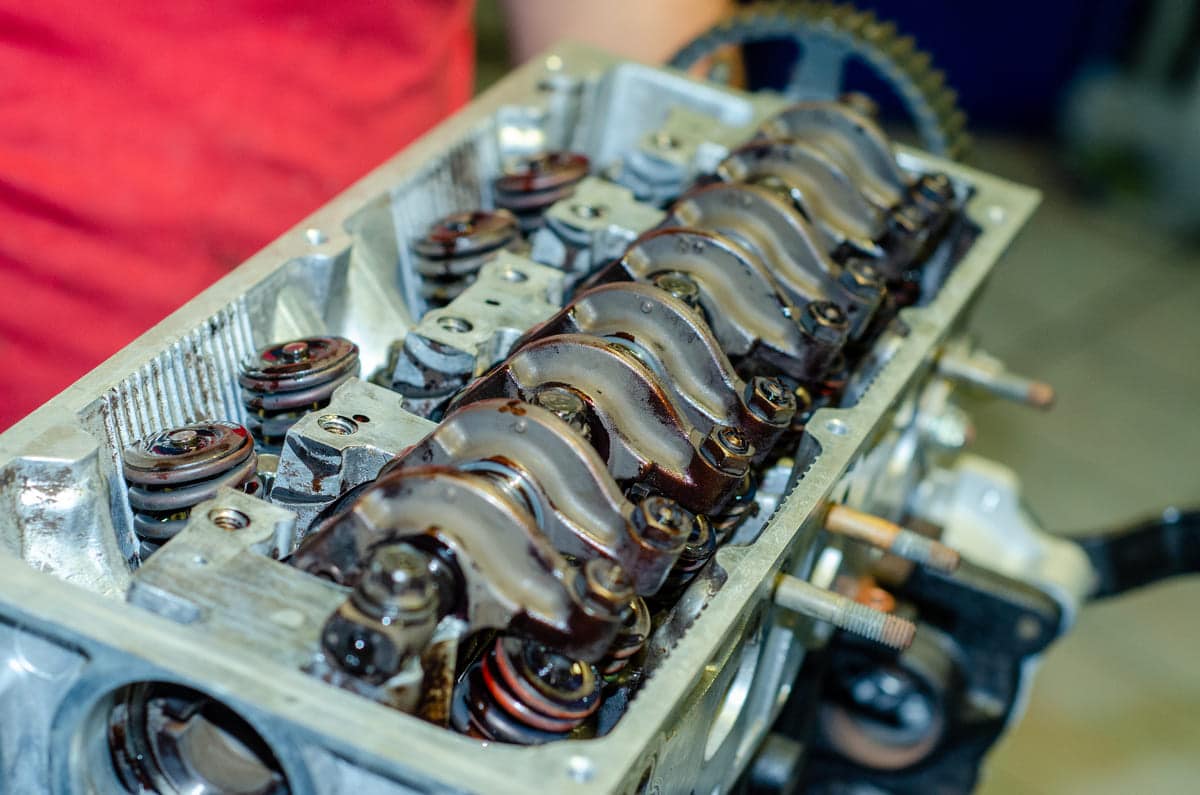This is the fundamental technology in modern mechanics, converts chemical energy into mechanical work. The 4 stages have to be precise. Internal combustion engines are in cars, airplanes and many industrial applications, so it’s versatile and still relevant.
What is an Internal Combustion Engine?
An internal combustion engine is also referred as engine or ICE. It burns fuel inside a cylinder to produce power. This power moves parts of the engine that makes the vehicle go.
It works in 4 steps: intake, compression, combustion, exhaust. Each step is important to make the engine run smoothly.
- Intake: the engine takes in air and fuel.
- Compression: it squeezes the mixture.
- Combustion: spark ignites the mix, small explosion.
- Exhaust: pushes out the burned gases.
This whole process happens fast, so cars, motorcycles and planes can move efficiently. The engine design converts fuel into the energy needed to move.
ICE are part of many machines we use daily. They changed how we travel and work, made life easier and more convenient.
References
- Internal Combustion Engine. Britannica. Retrieved from
- Internal Combustion Engine. ScienceDirect. Retrieved from
What is the History of Internal Combustion Engine?
The internal combustion engine history started in 17th century. Dutch scientist Christiaan Huygens made one of the first design in 1673. His engine used gunpowder to create an explosion.
In 1823, Samuel Brown built the first practical internal combustion engine. He used it to power a vehicle. This engine ran on gas and air.
Étienne Lenoir, a Belgian engineer, made an improved version in 1860. His engine can run continuously and power small machines and boats.
Nikolaus Otto made a big breakthrough in 1876. He created the 4 stroke engine. This design is also known as the Otto cycle and is still used in many engines today.
In 1885, German engineer Gottlieb Daimler built the first high speed internal combustion engine. He used it to make one of the first motorcycles.
Karl Benz, also from Germany, developed the first automobile powered by internal combustion engine in 1886. This car is the foundation of modern vehicles.
Rudolf Diesel made another important invention in 1897. He introduced the which runs on heavier fuel and more efficient.
These are the major inventions that shows how internal combustion engine evolved over time. Each step made new improvements and now we have the powerful engines we have today.
References
- History of the Internal Combustion Engine. Wikipedia. Retrieved from
- Internal Combustion Engine. NASA. Retrieved from
- Internal Combustion Engine. Wikipedia. Retrieved from
What are the Major Components of ICE?
An internal combustion engine has many parts that works together to produce power. Each part has a specific role to make the engine run smoothly and efficiently. Knowing these parts will help you understand how the engine works.
- Cylinder
- Crankshaft
- Connecting rod
- Valves (intake and exhaust)
- Camshaft
- Fuel injector or
- Flywheel
- Timing belt or chain
- Oil pump
- Exhaust manifold
- Intake manifold
- Cooling system (, water pump)
- Lubrication system
These components come together to convert fuel into mechanical power, enabling various machines and vehicles to operate effectively.
References
- IC Engine Full Form, Diagram, and Classification. Testbook. Retrieved from

How Does an Car Engine Work?
An internal combustion engine (ICE) uses a sequence of steps to convert fuel into motion. Each step happens quickly and smoothly to make vehicles and machines to work. Here’s how:
Step 1: Intake
Engine takes in air and fuel mixture during intake stroke. Intake valve opens and this mixture enters the cylinder.
Step 2: Compression
Piston moves up and compresses the air-fuel mixture. Compression makes the mixture more explosive which is necessary for power.
Step 3: Combustion
Spark plug ignites the compressed air-fuel mixture. This small explosion pushes the piston down with lot of force and creates mechanical power.
Step 4: Exhaust
Finally exhaust valve opens and releases the burned gases. Piston moves up again to push these gases out of the cylinder through exhaust manifold.
Step 5: Repeat
These steps repeat rapidly, hundreds or thousands of times per minute. This continuous cycle makes the engine to run and power the vehicle or machine.
This step by step process converts fuel into energy to move cars, motorcycles and other equipment efficiently.
References
- Internal Combustion Engine Basics. U.S. Department of Energy. Retrieved from
- Internal Combustion Engine. Go Digit. Retrieved from
- What is an Internal Combustion Engine?. J.D. Power. Retrieved from
What Are the Different Types of Internal Combustion Engines?
Internal combustion engines (ICE) comes in various forms, each designed to meet specific needs and applications. These engines convert fuel into mechanical energy using different methods and configurations.
Fuel Used
- Diesel Engine: Uses diesel fuel, used in trucks and big vehicles.
- : Runs on gasoline, used in cars.
- Gas Engine: Uses natural gas or propane.
Working Cycle Employed
- Two-Stroke Engine: Completes a power cycle in two strokes, used in small machines like chainsaws.
- Four-Stroke Engine: Completes a power cycle in four strokes, standard in most cars.
Methods of Cooling
- Air Cooling: Uses air to cool the engine, used in small engines.
- Water Cooling: Uses water to cool the engine, used in big engines.
Nature of Thermodynamic Cycle
- Diesel Cycle: Uses high compression to ignite the fuel, used in diesel engines.
- Otto Cycle: Uses spark ignition, used in gasoline engines.
- Dual Cycle: Combines features of both Diesel and Otto cycles for higher efficiency.
Method of Ignition
- Compression-Ignition Engine: Uses high compression to ignite the fuel, as in diesel engines.
- Spark-Ignition Engine: Uses spark plug to ignite the fuel-air mixture, used in gasoline engines.
Field of Application
- Automobile Engine: Used in cars and motorcycles.
- Stationary Engine: Used in generators and other fixed machinery.
- Aero Engine: Used in aircraft.
- Portable Engine: Used in portable devices like lawnmowers.
Speed of Engine
- Low-Speed Engine: Low speed, used in big ships.
- Medium-Speed Engine: Medium duty, used in some trucks.
- High-Speed Engine: Used in cars and high performance vehicles.
Engine Cylinders Arrangement
- Vertical Engine: Cylinders arranged vertically, used in many cars.
- Horizontal Engine: Cylinders arranged horizontally, used in some motorcycles.
- Radial Engine: Cylinders arranged radially around a central crankshaft, used in old aircraft.
- V-Type Engine: Cylinders arranged in V shape, used in high performance cars.
Each type and configuration has its own purpose, that’s why internal combustion engines are versatile and used in many fields.
Reference
-
- Internal Combustion Engine. HowStuffWorks. Retrieved from https://science.howstuffworks.com/innovation/inventions/internal-combustion-engine.htm#pt4


